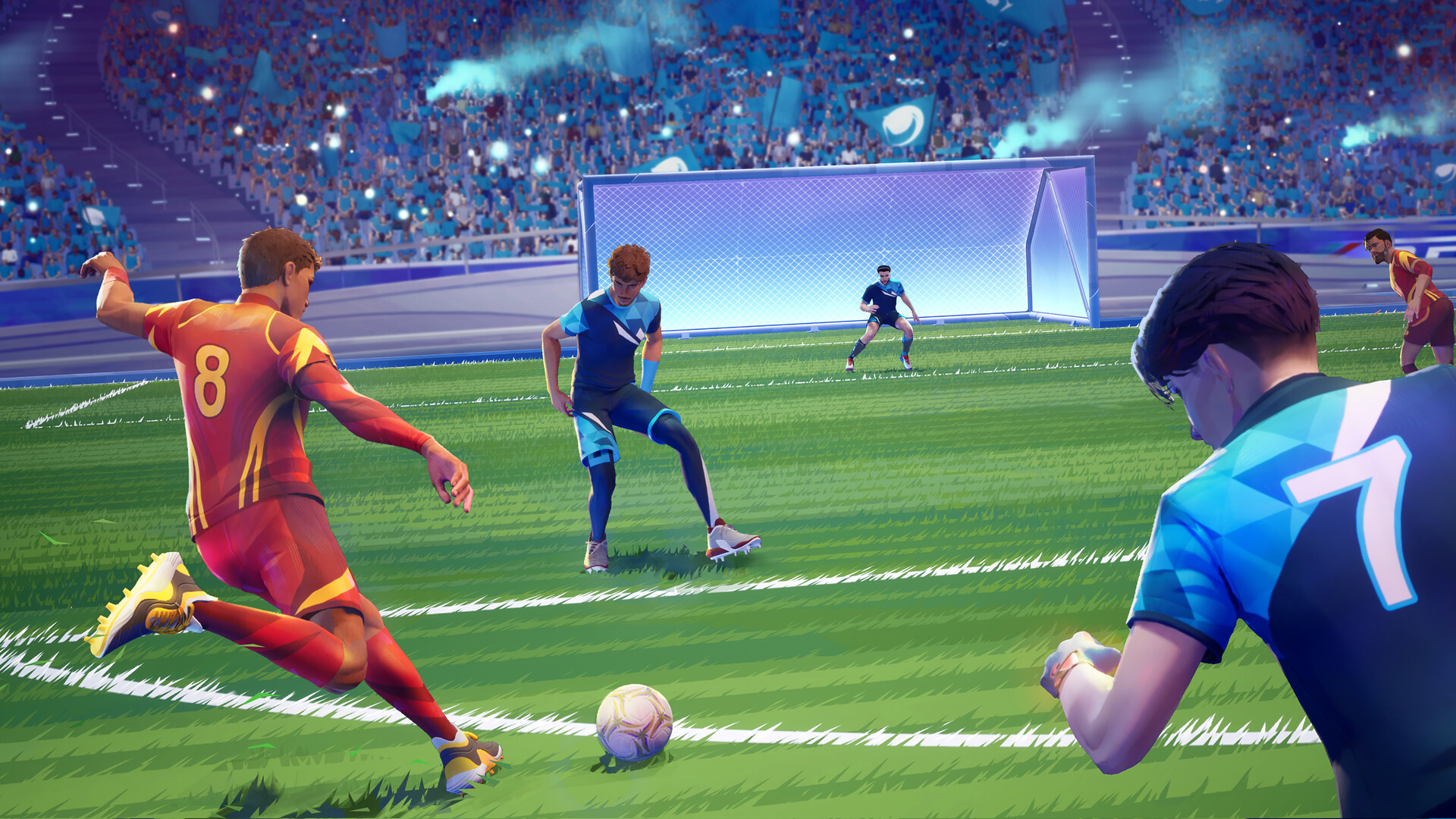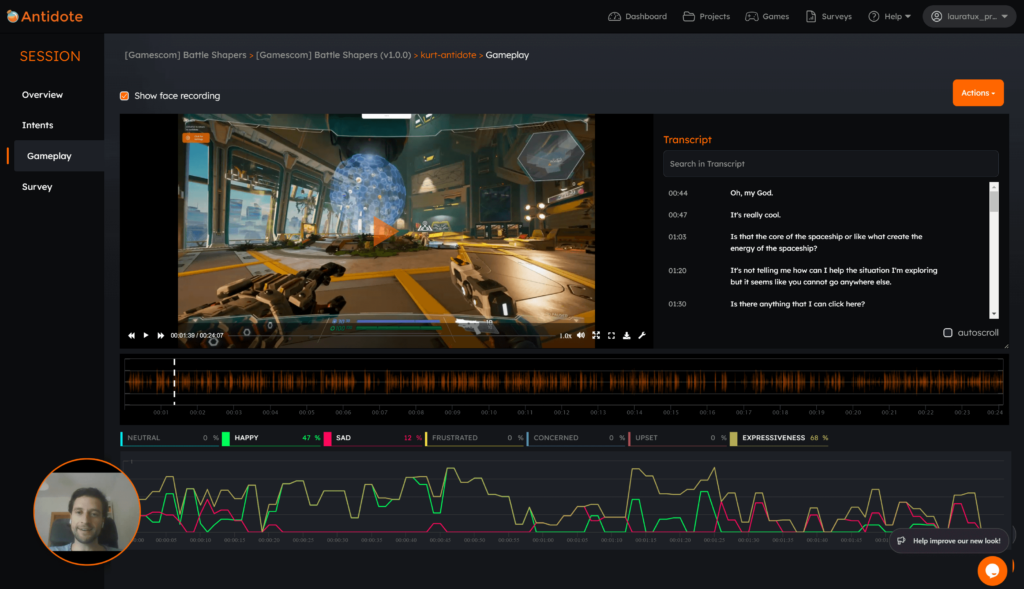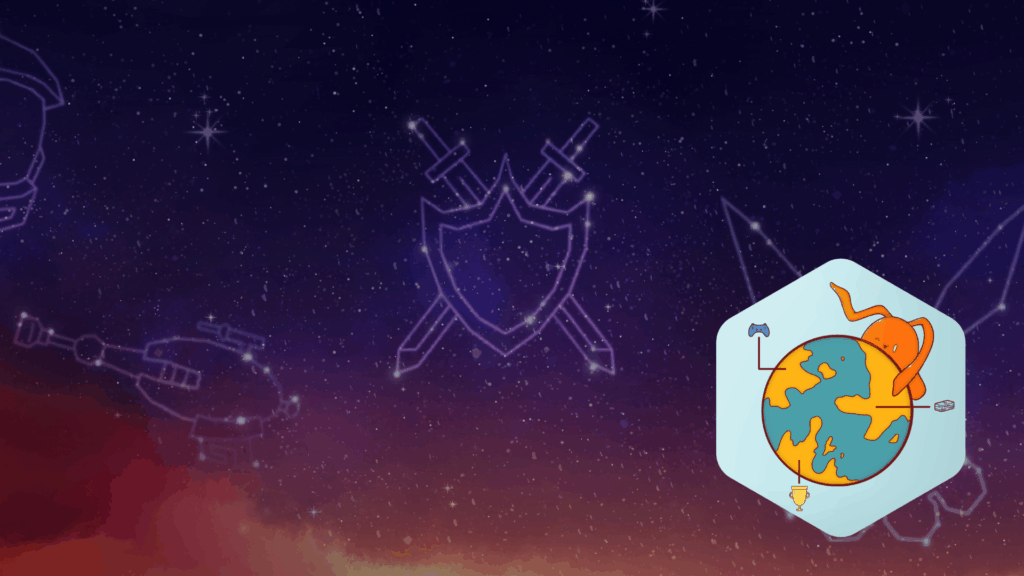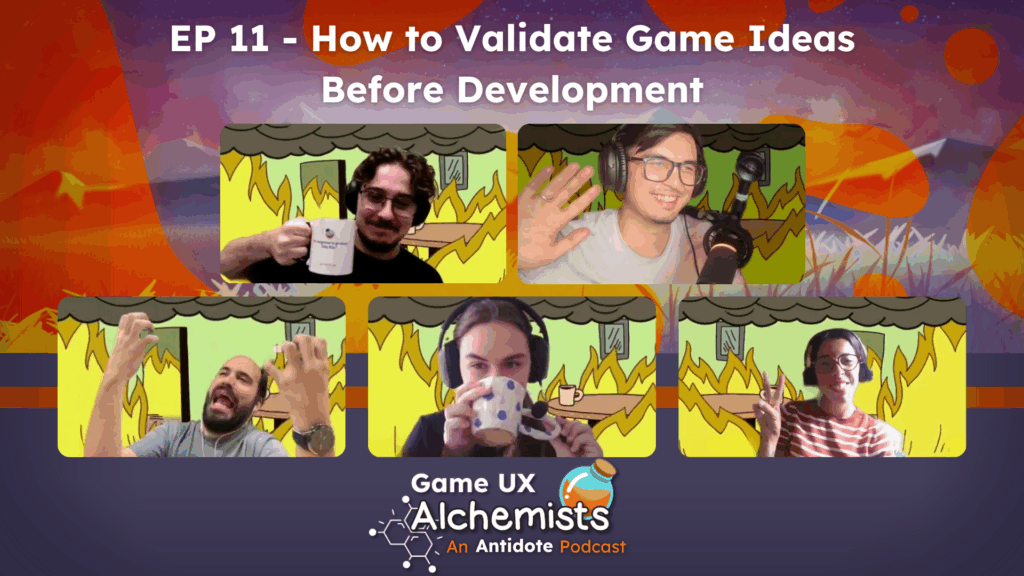If you’re waiting until launch to build a player community, you’re already behind.
I know that might sound harsh, but by the time your game launches, it’s too late. You’re playing catch-up, rushing to find people interested in your game while competing with thousands of other releases for attention.
This is something I see all the time and it breaks my heart because these developers have poured everything into their projects, only to watch them get lost in the noise because they waited too long to build their audience.
In this article, I will explain why early community is the lifeblood of every game and what you can do to build one.
Enjoy the read 😊
Why Building Early Community Matters

When you focus on connecting with players early on, something magical happens.
They give feedback right away on mechanics, concepts, artwork and everything else you’re working on. But more importantly, when you start making changes based on their input, the community feels heard.
And when players feel heard, they root for your success. They become your biggest advocates and help spread the word about your game.
We see this pattern constantly at Antidote. The games that perform best in our playtests aren’t necessarily the most polished ones. They’re the ones where developers have been actively engaging with their community throughout development, iterating based on feedback and making players feel like they’re part of the journey.
Think about it from a player’s perspective. Would you rather discover a game on launch day alongside thousands of other people or would you rather be one of the early supporters who watched it grow from concept to completion?
Which scenario makes you feel more connected to the experience?
Early community members don’t just play your game. They invest emotionally in its success. They remember when you fixed that bug they reported. They get excited when you implement a feature they suggested. They feel ownership over the final product because they helped shape it.
What Happens When You Don't Build Early
If you wait until the end to bring in players, they’ll feel like outsiders. There’s no connection, no investment, no reason for them to care about your game more than any other. It’s just another product among thousands competing for their attention and money.
I’ve watched talented developers launch games that should have been hits, only to see them miss the mark because nobody knew they existed. These weren’t bad games. They were often technically impressive, creative and fun to play. But they had no community behind them to champion their release.
When you don’t have an early community, you’re essentially starting from zero on launch day. You’re relying entirely on organic discovery, advertisement, press coverage and platform algorithms to find your audience.
Without an early community, you also miss out on crucial feedback during development. You’re making assumptions about what players want instead of actually knowing.
The result is often a game that feels disconnected from its intended audience, not because it’s poorly made, but because it was made in isolation from the people who were supposed to play it.
How to Start Building Your Community
So how can you start building a community around your game, even if it’s still early in development? Here are some approaches that I’ve seen work consistently:
Open a Discord Server
Create a space for direct conversations with your players. This doesn’t have to be complicated. Start simple with a few channels for general discussion, feedback and development updates. The key is being present and actively participating in conversations. Your community wants to connect with you, not just your game.
Share Development Diaries
Give players a peek behind the scenes of your development process. Show them concept art, explain design decisions, share the challenges you’re facing. People love seeing how the sausage is made, especially when they feel like they’re part of the process.
Development diaries don’t have to be professional (actually, the opposite). Some of the most engaging content comes from developers just being honest about their struggles and successes.
Run Iterative Playtests
This is where everything comes together. Involve players in testing your game regularly throughout development, not just at the end. Gather their feedback, implement changes and show them how their input shaped the final product.
Regular playtesting makes players feel like active participants in its creation. When they see their suggestions implemented, they become invested in your success.
Real-Life Example

One of the best examples of this in action is Rematch, an arcade-style football game developed by our friends at Slocalp.
The game reached over 1 million players during its first release weekend and that success didn’t happen by chance.
Long before launch, the Sloclap team had already started working with Antidote to run a series of technical tests. These sessions served two key purposes:
- Stress-test the game’s technical infrastructure, including server capacity and matchmaking systems
- Collect and implement feedback from real players, many of whom were part of the game’s early community
The second part is what really made a difference.
Players suggested all kinds of in-game improvements (from UI tweaks to gameplay balancing) and the devs listened.
As a result, the community felt heard and appreciated. With every new test, players got more excited, more engaged and more likely to share the game with friends. This created a snowball effect. The more the devs involved their community, the more that community helped fuel the game’s momentum.
By launch day, Rematch already had a passionate playerbase ready to show up and they did.
Products vs. Experiences

Remember this:
A game without a community is just a product.
When you have an engaged community, your game becomes a shared experience, a common interest that brings people together. And when that launch finally happens, it turns into a celebration with people who have been waiting for this moment alongside you.
The most successful games I’ve seen aren’t necessarily the most technically impressive. They’re the ones that made players feel like they were part of something special from the beginning.
There's No Perfect Time
If you’re waiting for the ‘right time’ to start building a community, I have news for you, it was yesterday. But today works too 😁
- You don’t need a finished game to start building relationships with players
- You don’t need perfect marketing materials or a polished website
- You just need to start connecting with the people who might be interested in what you’re creating
The sooner you start, the stronger those connections will be by the time you launch. And those connections will determine whether your game finds its audience or gets lost in the crowd.
Your community is waiting for you to find them. The question is, will you start looking today?
If you’re ready to start, you can launch your first iterative playtest with Antidote in just a few minutes.
Set up your study, gather feedback, and begin building a real connection with your future players, all in one place 😊



